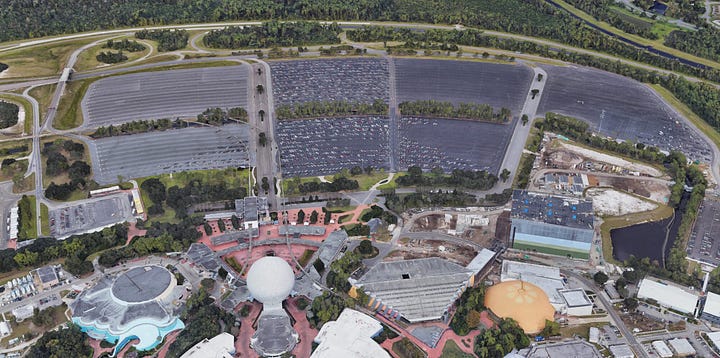100,000 Places To Park And There's Nowhere To Go
INRIX shared their parking garage data with me and I'm surprisingly exasperated about it. Or; how to read data so that it makes sense.
One of the skills they teach you in urban planning school is how to interpret very little data in many ways, to death. The more columns, the more tables, the more databases, the more insight that’s possible—and the more ways to make up nonsense.
Thanks to my friends at INRIX and thanks to the world’s obsession with parking, I’ve got some data to sift through about the world’s biggest parking lots. There’s a longer piece about the history of events and parking in here somewhere that I once tried to pitch to The Ringer, unsuccessfully, for now. I want to share a medium-sized list of insights from a two-column data set. Three variables: name, location, and number of spots.




This is an exercise in how to pair data with story to make information. With this information, policymakers and administrators can make the policy and set rules, build new…
Keep reading with a 7-day free trial
Subscribe to Exasperated Infrastructures to keep reading this post and get 7 days of free access to the full post archives.


